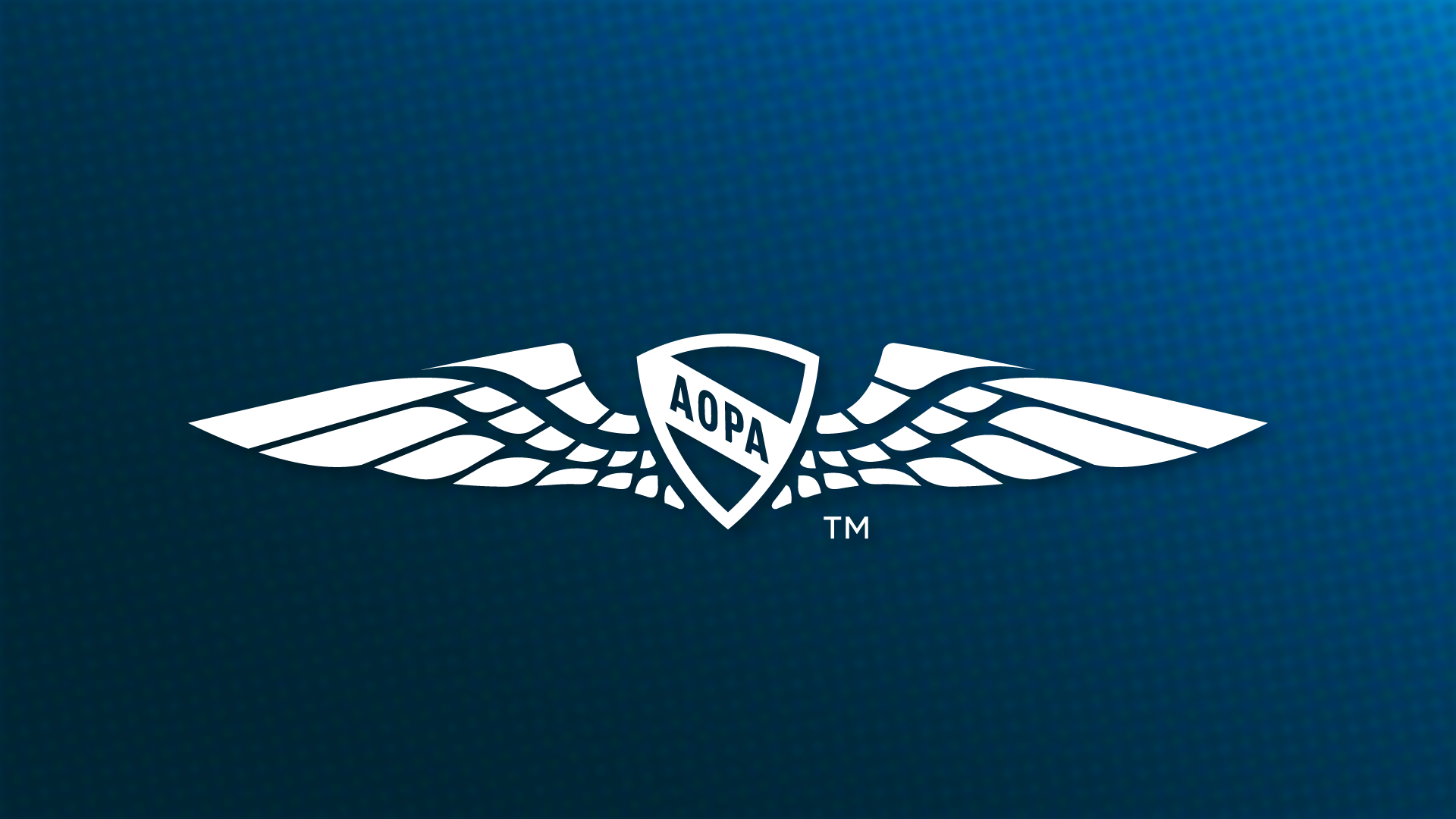Ford Tri-Motor
Henry’s vision for the skies
By Paul Hargitt
The Ford Tri-Motor, commonly known as the “Tin Goose,” is an iconic aircraft in aviation’s history.


Developed in 1925 by the Ford Motor Company, it marked a turning point in commercial aviation. Already renowned for revolutionizing the automobile industry, Henry Ford recognized the increasing demand for air travel and applied his expertise in mass production to aircraft manufacturing. This vision led to the creation of the Tri-Motor, an all-metal commercial airplane.
Based on a design from engineer William B. Stout, the aircraft featured one engine in the nose and two engines mounted on the wings, providing greater power and reliability than many of its contemporaries. While most aircraft manufacturers clung to wooden frames, the Tri-Motor’s rugged metal construction signaled a new era of durability and safety in aviation. Ford’s focus on mass production didn’t just make cars affordable—it brought air travel within reach to the general public, ushering in a new age of commercial flight. By the early 1930s, Trans World Airlines and Pan Am were flying Tri-Motors, and their success inspired a generation of enthusiasts and
entrepreneurs to dream and explore the world of
air travel.
Although the Ford Tri-Motor eventually gave way to more modern aircraft, its legacy continues to be celebrated today. With its distinct metal skin, it remains a symbol of aviation’s early days and its potential for the future. 


